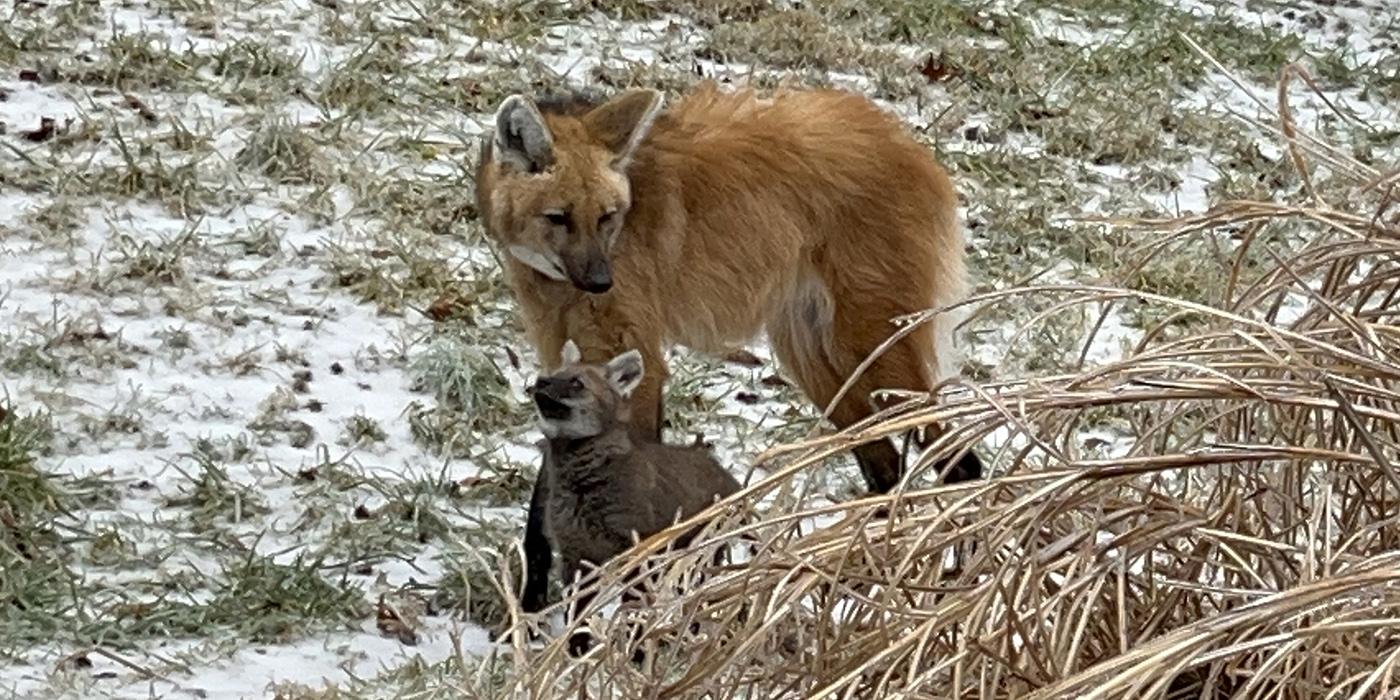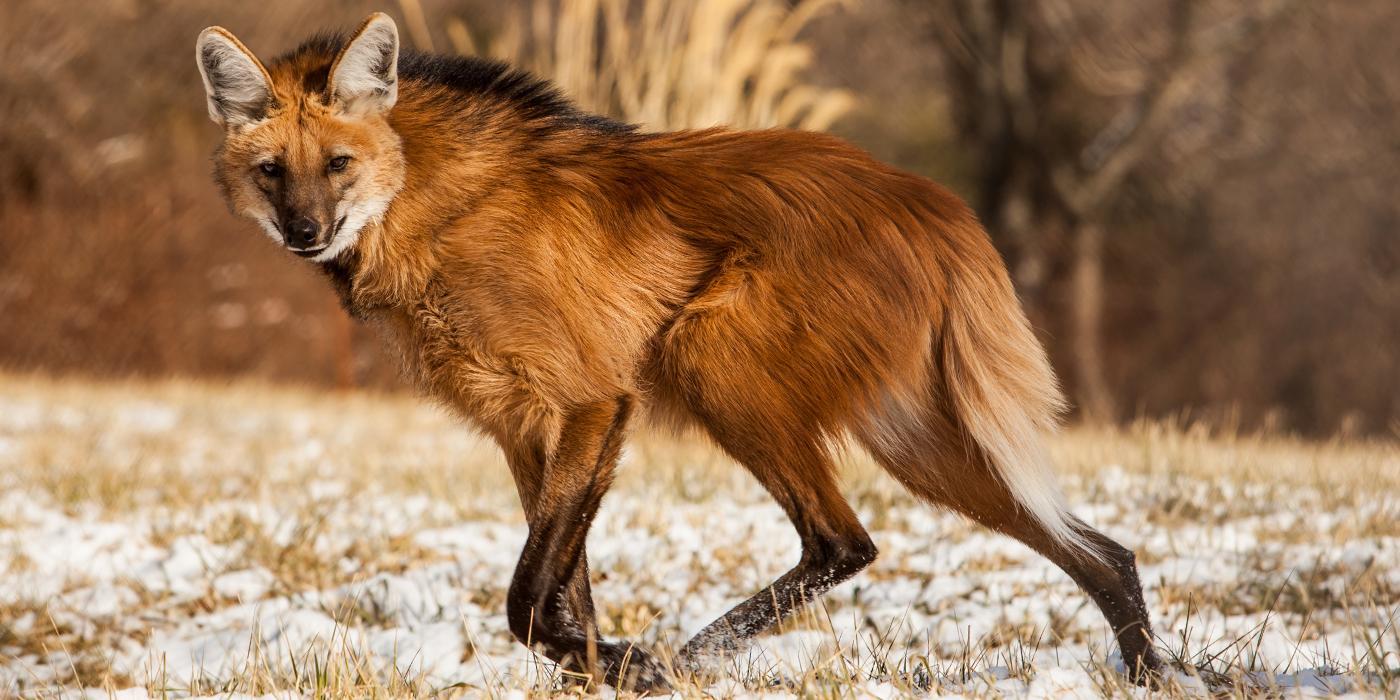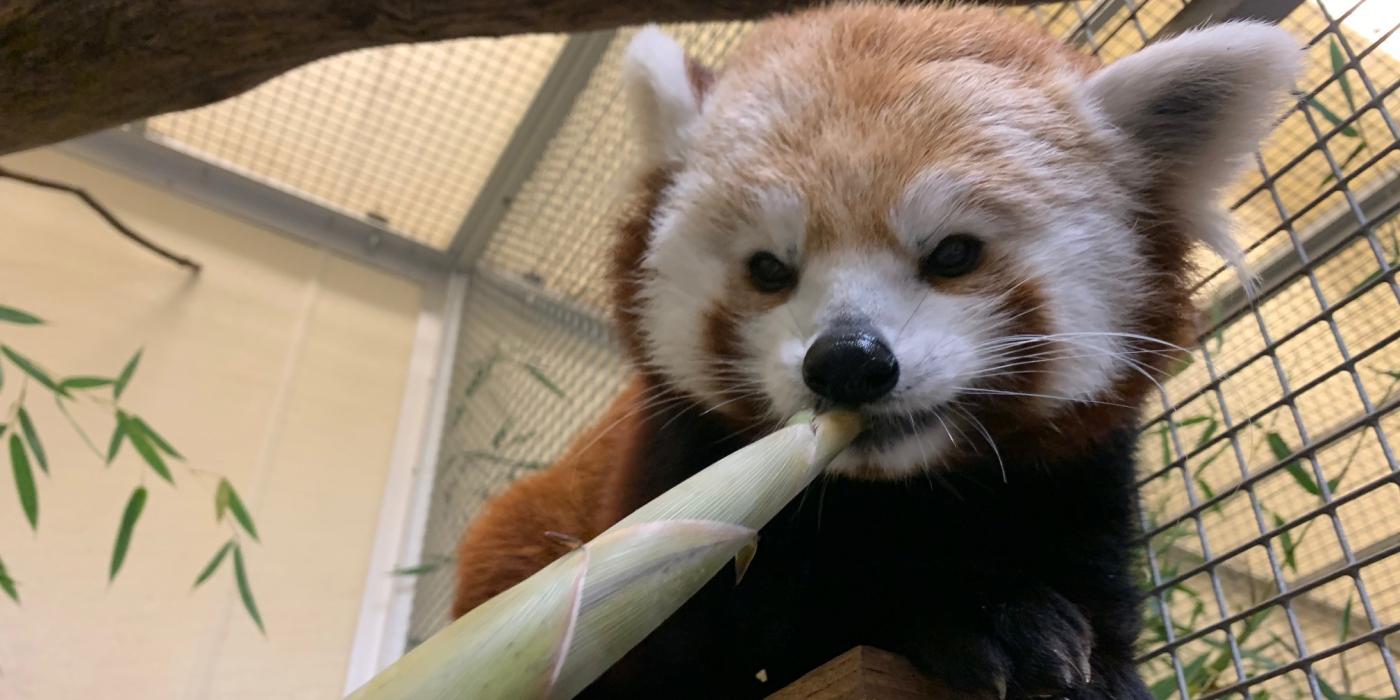Maned Wolves are Back on Exhibit at the Smithsonian's National Zoo
The Smithsonian's National Zoo recently welcomed two new residents to its Cheetah Conservation Station: maned wolves. The 2-year-old brothers named Mateo and Quito hail from the Denver Zoo where they were born in May 2014. They will serve as ambassadors for their species, illustrating the social nature and behavior of maned wolves to Zoo scientists, keepers and visitors. The Smithsonian Conservation Biology Institute has a robust canid conservation program that focuses on the behavior and reproductive biology of the species. Maned wolves inhabit the grasslands and scrub forests of central South America. With approximately 20,000 left in the wild, the species is considered near threatened by the International Union for Conservation of Nature. The species' primary threats include habitat loss and degradation and human conflict.
Related Species:



